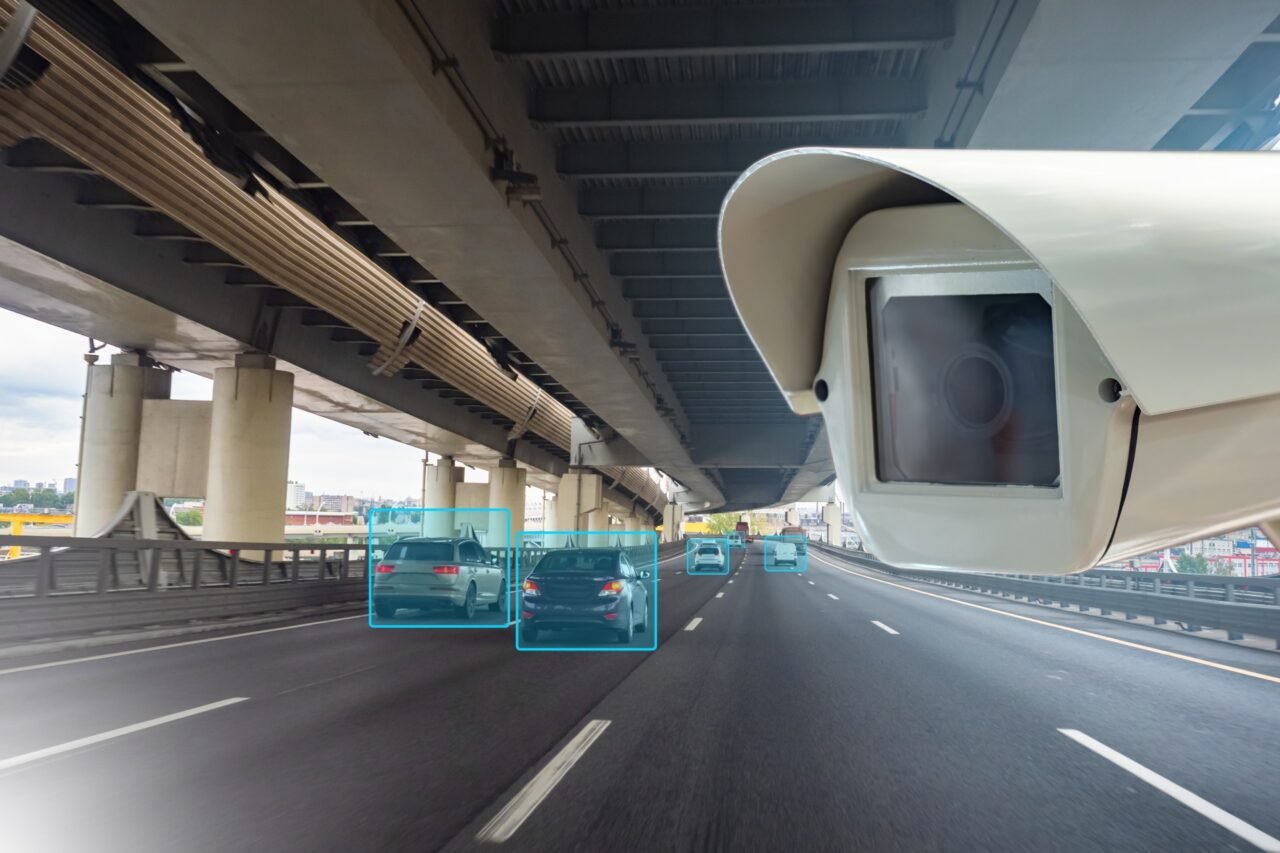Top Stories
Protests Spark Concerns Over Surveillance Practices

An estimated 7 million people participated in the “No Kings” protests across major cities over the weekend, demonstrating against perceived threats to democracy in the United States. While the events were largely peaceful, with a minimal number of arrests reported—single digits in cities like Los Angeles and none in New York City according to the New York Police Department—political rhetoric surrounding these protests has raised alarm about potential surveillance of participants.
Political leaders have characterized the protests in stark terms. Mike Johnson, the Speaker of the House, labeled them as “hate America” rallies, while Sean Duffy, Secretary of Transportation, suggested they are financially backed by dark money and linked to extremist groups like antifa. The implications of these statements coincide with a recent executive order from the Trump Administration aimed at “identifying and disrupting financial networks” associated with what it deems “domestic terrorism and political violence.”
Ryan Shapiro, Executive Director of Property of the People, a nonprofit advocating for government transparency, emphasized the dangers of this rhetoric. He stated, “The Trump regime would have us believe that somehow peaceful, pro-democracy protesters are terrorists for daring to defy the fascist takeover of this country.” Shapiro further condemned the administration’s actions, asserting that the real threats to democracy are those in power undermining constitutional protections.
Understanding Surveillance Risks
For those who attended the protests, it is crucial to be aware of the surveillance mechanisms that may track their activities. If participants drove to the events, their vehicles could have been captured by automated license plate reader systems (ALPRs). These systems include both fixed cameras along routes and those mounted on police vehicles, which can scan for license plates near protest locations.
Using public transportation provides some anonymity, provided fares are paid in cash. However, digital transactions linked to personal identification can expose individuals to tracking. A smartphone further complicates privacy; location data can be shared even if the device is in airplane mode, as apps may store GPS information until connectivity is restored.
The Electronic Frontier Foundation (EFF) warns that even basic cell phones can be traced through the cell towers they connect with. Law enforcement agencies may deploy devices known as “stingrays,” which imitate legitimate cell towers to gather location information.
Social Media and Image Surveillance
The potential for surveillance extends to social media, where sharing photos from protests can inadvertently expose participants to scrutiny. The EFF advises individuals to consider obscuring faces in images before posting online. Once shared, these photos can be accessed by government agencies such as the Department of Homeland Security (DHS) and U.S. Immigration and Customs Enforcement (ICE).
For those who did not mask their identities, their images may have been captured by others at the event. With the internet’s vast reach, shared images can circulate widely and be analyzed using facial recognition technologies. Tools like Clearview AI allow law enforcement to scan databases of millions of images to identify individuals, although several states, including Vermont and Massachusetts, have enacted bans on such technologies.
The implications of surveillance are compounded by the activities of data firms like Palantir, which has been reported to collaborate with the Trump Administration to develop a comprehensive database that could include information on American citizens. While Palantir denies these claims, the prospect of a centralized surveillance database raises troubling questions about privacy and civil liberties in a democracy.
As public protests continue to emerge in response to political developments, the tension between the right to free expression and the potential for surveillance remains a critical concern for many. The intersection of technology and civil liberties will play a pivotal role in shaping the future of activism in the United States.
-

 Lifestyle5 months ago
Lifestyle5 months agoLibraries Challenge Rising E-Book Costs Amid Growing Demand
-

 Sports4 months ago
Sports4 months agoTyreek Hill Responds to Tua Tagovailoa’s Comments on Team Dynamics
-

 Sports4 months ago
Sports4 months agoLiverpool Secures Agreement to Sign Young Striker Will Wright
-

 Lifestyle4 months ago
Lifestyle4 months agoSave Your Split Tomatoes: Expert Tips for Gardeners
-

 Lifestyle4 months ago
Lifestyle4 months agoPrincess Beatrice’s Daughter Athena Joins Siblings at London Parade
-

 Science4 months ago
Science4 months agoSan Francisco Hosts Unique Contest to Identify “Performative Males”
-

 World4 months ago
World4 months agoWinter Storms Lash New South Wales with Snow, Flood Risks
-

 Science5 months ago
Science5 months agoTrump Administration Moves to Repeal Key Climate Regulation
-

 Business5 months ago
Business5 months agoSoFi Technologies Shares Slip 2% Following Insider Stock Sale
-

 Science5 months ago
Science5 months agoNew Tool Reveals Link Between Horse Coat Condition and Parasites
-

 Sports4 months ago
Sports4 months agoElon Musk Sculpture Travels From Utah to Yosemite National Park
-

 Science5 months ago
Science5 months agoNew Study Confirms Humans Transported Stonehenge Bluestones









